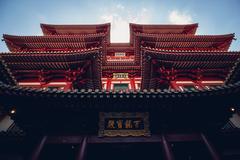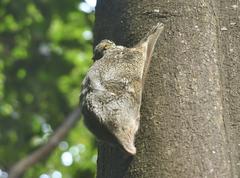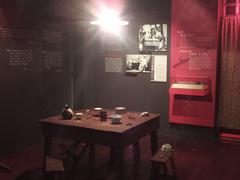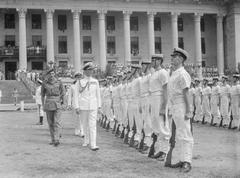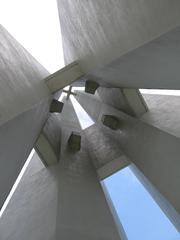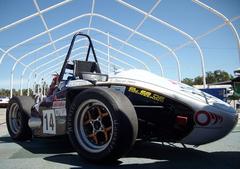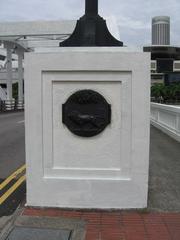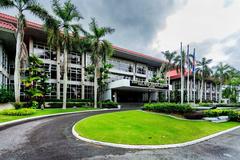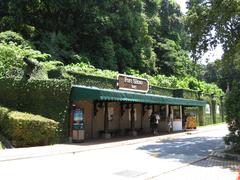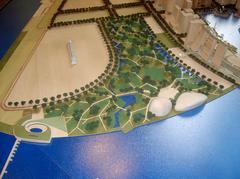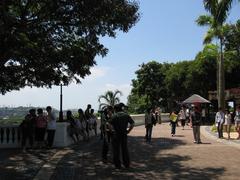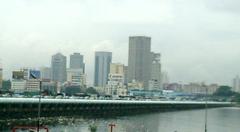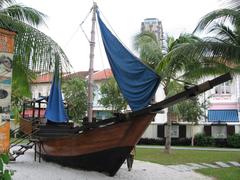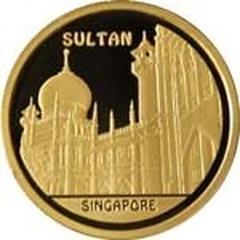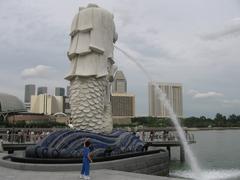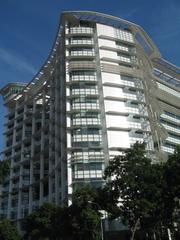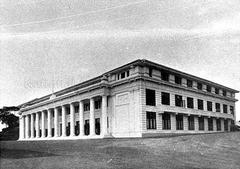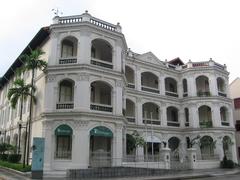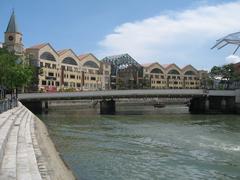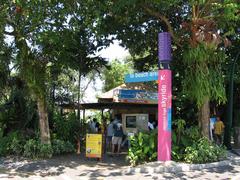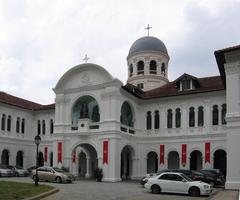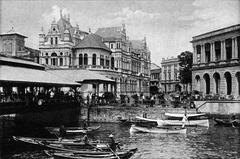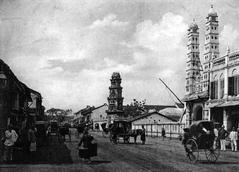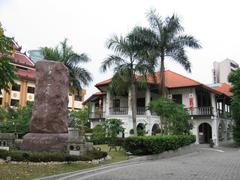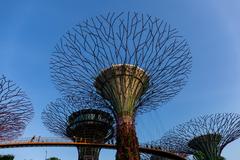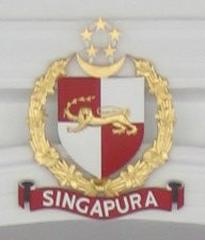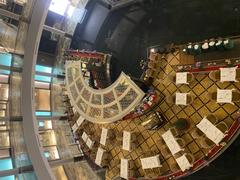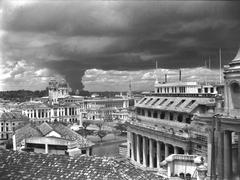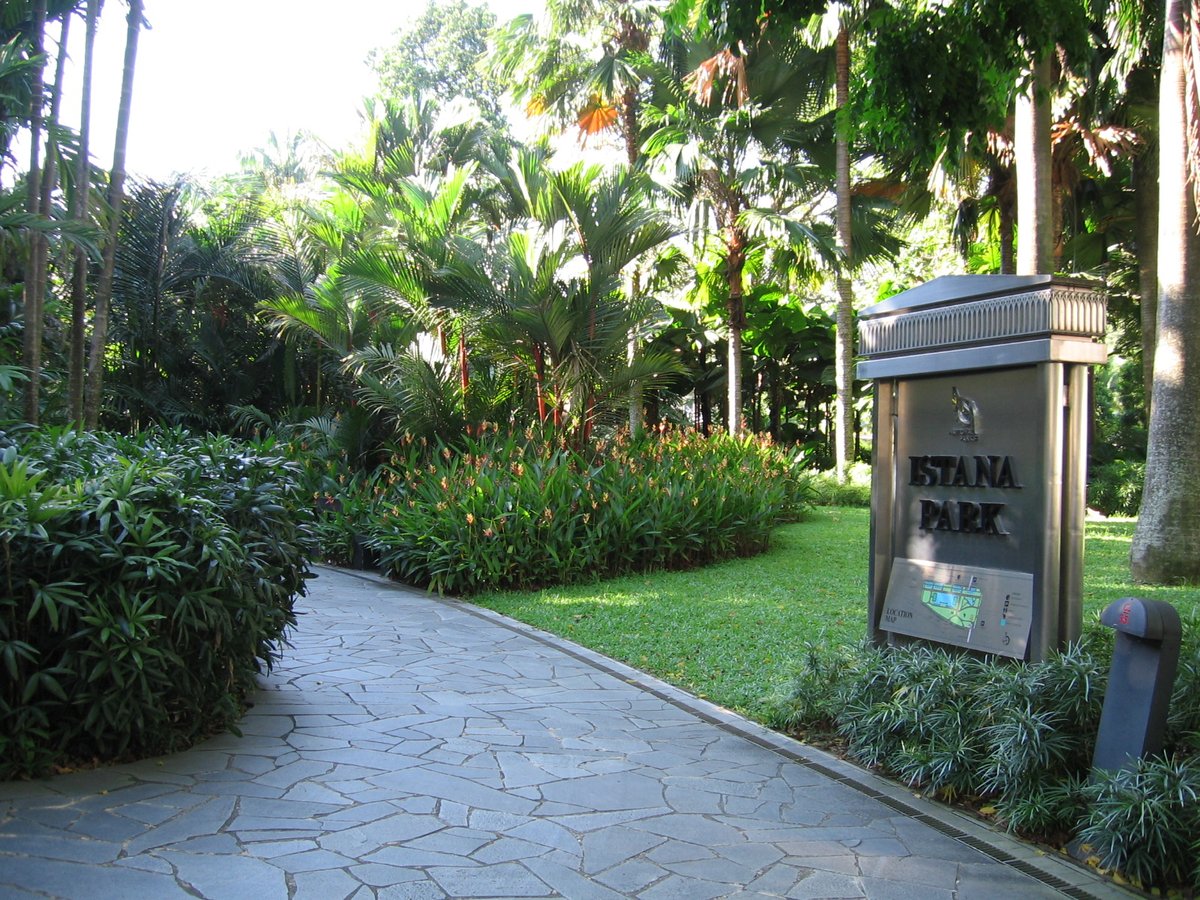
Comprehensive Guide to Visiting Central Expressway Singapore: History, Significance, Visitor Tips, and Everything Tourists Need to Know for a Memorable Experience
Date: 25/07/2024
Introduction
The Central Expressway (CTE) in Singapore is a pivotal component of the country’s urban infrastructure, serving as a major thoroughfare that facilitates seamless connectivity across the island. Officially opened in stages throughout the late 1980s and early 1990s, the CTE was envisioned to bolster the efficiency of Singapore’s transportation network by linking the northern residential districts to the bustling city center. This expressway’s construction marked a significant milestone in Singapore’s urban planning, characterized by innovative engineering solutions such as its underground sections that minimize the impact on densely populated urban areas (National Library Board).
The CTE’s strategic importance is underscored by its role in alleviating traffic congestion, reducing travel times, and fostering economic and social development. It connects vital regions such as Toa Payoh, Bishan, and Ang Mo Kio, and integrates seamlessly with other major expressways like the Seletar Expressway (SLE) and the Tampines Expressway (TPE) (Wikipedia). This comprehensive guide explores the rich history and significance of the CTE, provides practical travel tips, and highlights nearby attractions to ensure a memorable experience for both locals and tourists. Whether you are navigating its lanes for the first time or looking to delve deeper into its historical context, this guide offers everything you need to know.
Table of Contents
- Introduction
- Early Planning and Conception
- Construction Phases
- Significance and Impact
- Integration with Other Expressways
- Future Developments
- Challenges and Solutions
- Technological Innovations
- Visitor Information
- Travel Tips
- Nearby Attractions
- Conclusion
- FAQ
Early Planning and Conception
The blueprint for Singapore’s expressway network was first mapped out in 1968 as part of the State and City Planning Project. Recognizing the need for efficient and rapid transit across the island, the authorities identified expressways as the optimal solution for improving travel times and alleviating traffic congestion (Remember Singapore).
Construction Phases
Phase One
The Central Expressway (CTE) was constructed in two main phases, involving a total of eleven sections. The first phase, which included the laying of a 12.5-kilometre stretch from Yio Chu Kang Road to Bukit Timah Road, was completed in the late 1980s (National Library Board). This phase culminated in the official opening of the portion between Yio Chu Kang and Ang Mo Kio Avenue 5 on June 17, 1989, by Heng Chiang Meng, then Member of Parliament for Cheng San Group Representation Constituency. The construction of this 1.7-kilometre three-lane carriageway faced delays of nearly two years due to resettlement issues.
Phase Two
The second phase of the CTE’s construction extended the expressway further south, connecting it to the Ayer Rajah Expressway (AYE). This phase included the construction of two significant tunnels - the Chin Swee Tunnel and the Kampong Java Tunnel, which run along the Singapore River, Fort Canning, and Orchard areas (BiblioAsia). The entire 15.5-kilometre-long expressway was completed and fully operational by 1991, at a total construction cost of S$500 million.
Significance and Impact
Economic and Social Impact
The CTE has had a profound impact on Singapore’s economy and society. By significantly reducing travel times between the northern residential areas and the city center, the expressway has facilitated economic activities and improved the quality of life for residents. It has also played a crucial role in the development of the northern districts, making them more accessible and attractive for both residential and commercial purposes (Remember Singapore).
Environmental Considerations
Environmental considerations were a key aspect of the CTE’s construction. The expressway’s design aimed to minimize its environmental footprint, particularly in the urban areas it traverses. The underground sections help reduce noise pollution and preserve the aesthetic appeal of the cityscape. Additionally, the integration of green spaces and landscaping along the expressway contributes to Singapore’s vision of being a “Garden City” (BiblioAsia).
Integration with Other Expressways
As of December 29, 2013, the CTE and SLE form one of the two pairs of expressways in Singapore that are directly linked, the other being the Kallang-Paya Lebar Expressway (KPE) and the Marina Coastal Expressway (MCE) (Wikipedia). This integration enhances the overall connectivity of Singapore’s expressway network, facilitating smoother and faster travel across the island.
Future Developments
Looking ahead, the North-South Corridor (NSC), announced in 2008 and expected to be completed by 2026, will further enhance the connectivity of the CTE. The 21.5-kilometre NSC will link the city center with towns along the north-south corridor, including Woodlands, Sembawang, Yishun, Ang Mo Kio, Bishan, and Toa Payoh. The NSC will also intersect and connect with existing expressways such as the SLE, Pan-Island Expressway (PIE), and East Coast Parkway (ECP) (BiblioAsia).
Challenges and Solutions
The construction of the CTE was not without its challenges. One significant issue was the resettlement of residents and businesses affected by the expressway’s route. This led to delays, particularly in the first phase of construction. However, the Singapore government managed these challenges through careful planning and compensation schemes, ensuring that the project could proceed with minimal disruption to the affected communities (National Library Board).
Technological Innovations
The CTE stands out for its technological innovations. The construction of underground sections required advanced engineering techniques to ensure the stability and safety of the tunnels. These sections were designed to withstand the heavy traffic loads and the complex urban environment above them. The use of such technology set a precedent for future infrastructure projects in Singapore and demonstrated the country’s commitment to integrating modern engineering solutions into its urban planning (BiblioAsia).
Visitor Information
Accessing the Central Expressway is straightforward, whether you’re a resident or a visitor. The expressway is well-signposted, and its major entry and exit points include Yio Chu Kang Road, Bukit Timah Road, and the Ayer Rajah Expressway. The best times to travel on the CTE are during off-peak hours to avoid heavy traffic.
Travel Tips
Here are some tips for navigating the CTE:
- Use GPS or a navigation app to stay updated on traffic conditions.
- Be aware of speed limits and traffic rules, as these are strictly enforced.
- Plan your journey in advance, especially during peak hours, to avoid delays.
Nearby Attractions
The CTE runs through several areas with interesting attractions:
- Orchard Road - A major shopping belt with numerous malls and dining options.
- Fort Canning Park - A historical park with lush greenery and cultural significance.
- Singapore River - Offers scenic views and river cruises.
Conclusion
The Central Expressway is a testament to Singapore’s forward-thinking approach to urban planning and infrastructure development. Its construction marked a significant milestone in the country’s transportation history, setting the stage for future expressway projects. As Singapore continues to grow and evolve, the CTE will remain a vital artery, connecting communities and supporting the nation’s economic and social development. For more updates and information, follow us on social media or check out our mobile app Audiala.
FAQ
Q: What is the Central Expressway?
A: The Central Expressway (CTE) is a major expressway in Singapore, connecting the city center with northern residential districts.
Q: When was the CTE completed?
A: The CTE was fully operational by 1991.
Q: What are some nearby attractions to the CTE?
A: Nearby attractions include Orchard Road, Fort Canning Park, and the Singapore River.
References
- National Library Board. (n.d.). source
- BiblioAsia. (2018). source
- Wikipedia. (n.d.). source
- Number One Property. (n.d.). source
- Land Transport Authority. (n.d.). source
- GoSingapore. (n.d.). source
- The Smart Local. (n.d.). source
- VPI Tour and Travels. (2024). source
- Remember Singapore. (2018). source




